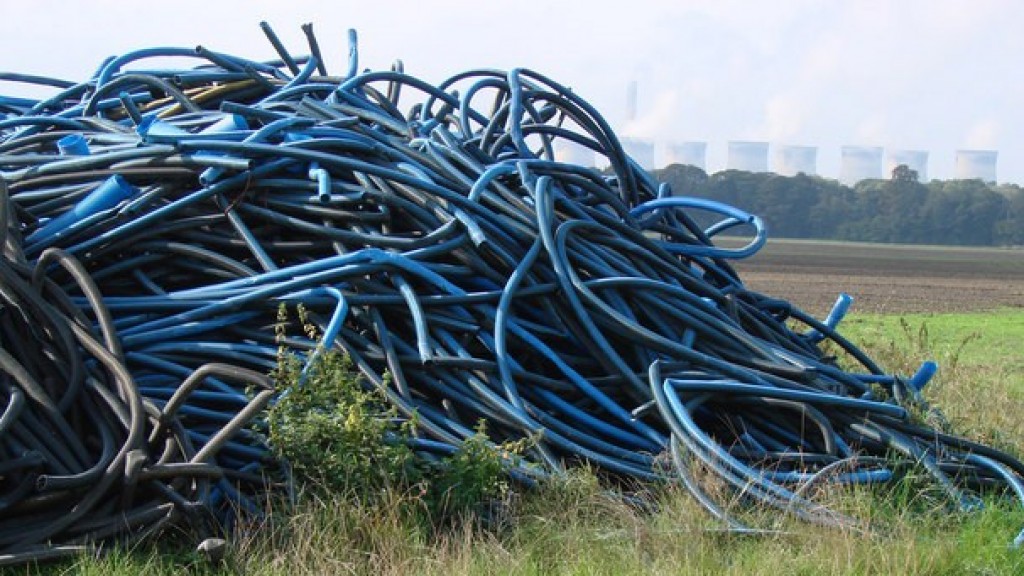Resources - Blog
A new way of recycling PEX plastic waste

Yariv Ziv is a product designer currently working for Fixperts, Shlomi Eiger, and Practical Innovation. In this blog post he tells The RSA’s Great Recovery about the new versatile material he has invented using old PEX piping in Israel.
The PEX problem
PEX (polyethylene cross-link) is one of the most commonly used plastics in water pipes manufacturing, mostly due to its stiffness and durability. However, during the manufacturing process PEX becomes thermoset and therefor non-recyclable. In addition around 8% of the material ends up as a production waste and is buried in the ground.
In 2012 I worked with White Innovation for Golan Plastic, the largest manufacturer of PEX piping in Israel, to find a way to re-purpose the thousands of tons of plastic they need to burry underground each year. Our goal was to find a new way to recycle the PEX waste so it would be more ecological, as well as profitable for the company.
Process – analogy
Our objective was to create a new material out of PEX waste that would be profitable, ecological and easy to manufacture. We started by grinding the waste pipes with different machinery to receive various types of raw materials. We looked for analogies and after some testing we discovered that log shaving technology gave the most interesting results. By shaving the waste pipes we created a soft and airy raw material
As a next step, we baked the PEX shavings in moulds and the result was a foamy new material.
The product
The final product is a soft firm material that can be produced in different densities, shapes and thicknesses. Unlike foam, the recycled PEX is not frothy; gaps between shavings create cavities, which give the material flexibility. It can be used for variety of purposes, from isolation to flip-flop soles.
Plastic pipes have just started to be commonly used as a building material in the last 20 years and their use will only rise in the future. The technology we have developed can be a solution now, and in the coming years, with many applications yet to discover.





